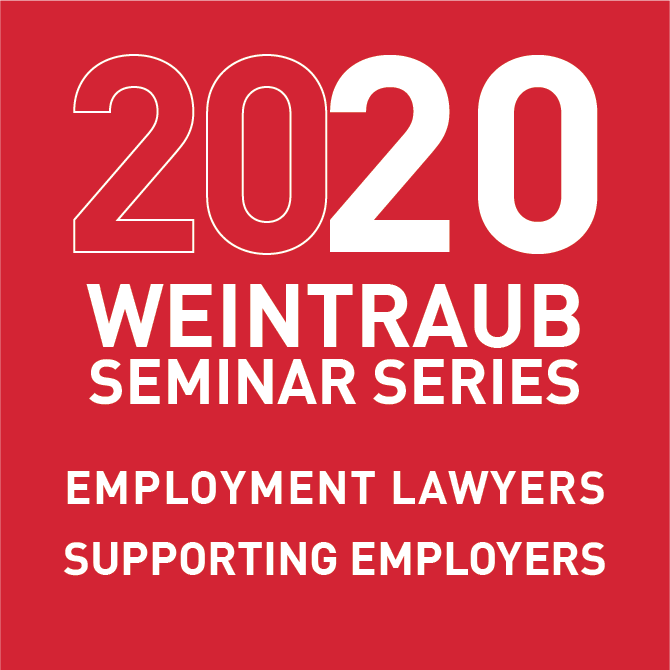The PTAB Requires Settlement and Collateral Agreements to Terminate IPRs
Published: July 2, 2020
Following the America Invents Act, a petition for inter partes review (“IPR”) has become a common method for challenging the validity of a patent before the Patent Trial and Appeal Board (“PTAB”) at the United States Patent and Trademark Office (“USPTO”). Such challenges are often brought by petitioners in response to a patent owner suing them for patent infringement. But what happens to the IPR if the parties settle the infringement lawsuit?
When parties settle the underlying dispute, they can request that the IPR be terminated. Under 35 U.S.C. § 317(a),
An inter partes review instituted under this chapter shall be terminated with respect to any petitioner upon the joint request of the petitioner and the patent owner, unless the Office has decided the merits of the proceeding before the request for termination is filed.
However, under 35 U.S.C. § 317(b), any settlement agreement, including any collateral agreements that are referenced, must be filed with the USPTO before the termination of the IPR. Specifically, the statute states:
Any agreement or understanding between the patent owner and a petitioner, including any collateral agreements referred to in such agreement or understanding, made in connection with, or in contemplation of, the termination of an inter partes review under this section shall be in writing and a true copy of such agreement or understanding shall be filed in the Office before the termination of the inter partes review as between the parties. At the request of a party to the proceeding, the agreement or understanding shall be treated as business confidential information, shall be kept separate from the file of the involved patents, and shall be made available only to Federal Government agencies on written request, or to any person on a showing of good cause.



